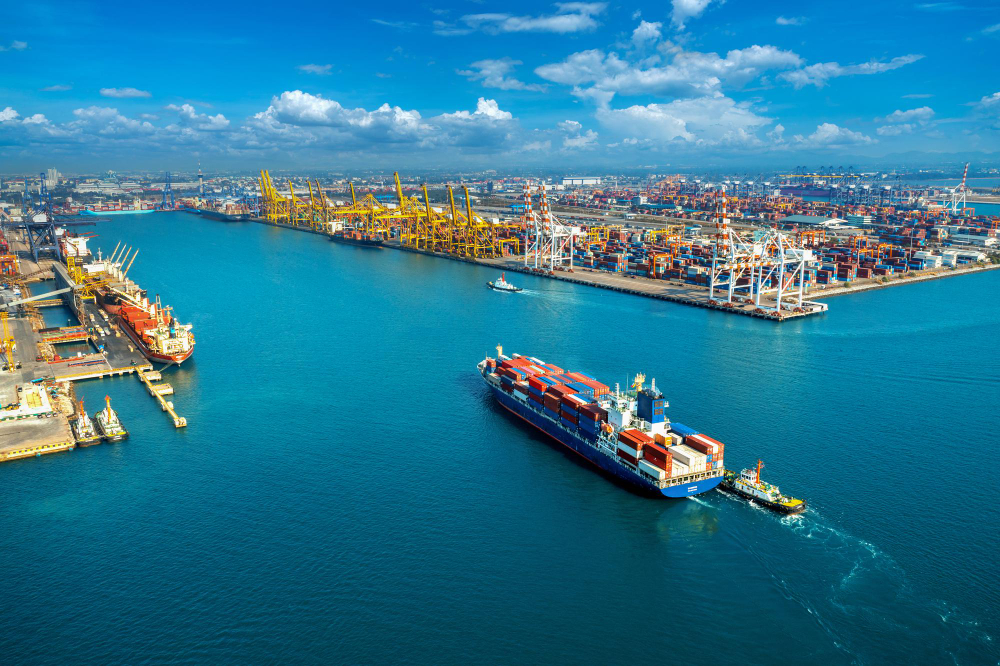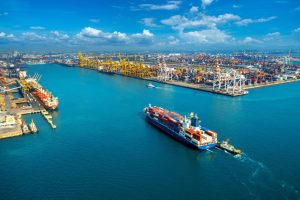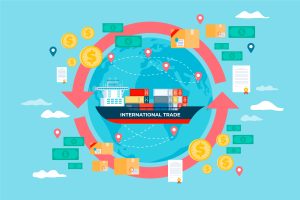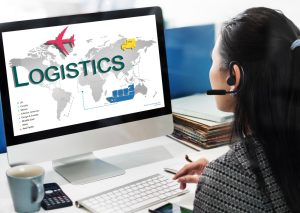Singapore, known as a strategic maritime and logistics hub, plays a crucial role in global trade. Despite its small size, the country imports a wide range of goods to meet domestic demand and to serve as a redistribution center for Southeast Asia and beyond. Understanding the trends in global imports to Singapore is essential for businesses, especially those in B2B sectors like manufacturing, retail, logistics, and wholesale trade.
In this article, we’ll explore key import trends, the top commodities brought into Singapore, major partner countries, and what this means for businesses looking to expand their sourcing or distribution networks.
Top Import Commodities in Singapore
Singapore imports a wide variety of products ranging from electronics to energy resources. The top import categories include:
1. Electronics and Electrical Components
Singapore is a major hub for the semiconductor and tech manufacturing industries. Imports in this category include:
-
Integrated circuits
-
Microprocessors
-
Telecommunications equipment
-
Electronic parts for re-export
These imports mainly come from China, the USA, Malaysia, and South Korea.
2. Mineral Fuels and Oil
Although Singapore has oil refining capabilities, it still imports large volumes of crude oil and gas. These are essential for:
-
Local refining and re-export
-
Domestic energy consumption
-
Petrochemical manufacturing
Major import sources include Saudi Arabia, UAE, and Malaysia.
3. Machinery and Mechanical Appliances
Singapore imports advanced machinery and heavy-duty equipment for:
-
Construction
-
Precision manufacturing
-
Logistics automation
Countries like Germany, Japan, and the US are major exporters in this category.
4. Pharmaceuticals and Medical Supplies
Post-COVID, imports of pharmaceuticals and medical equipment have surged. Singapore imports vaccines, diagnostic tools, and lab equipment from:
-
Switzerland
-
Germany
-
United States
-
Belgium
5. Food and Beverage Products
Given its limited agricultural land, Singapore imports over 90% of its food. Major categories include:
-
Fresh produce
-
Meat and seafood
-
Packaged goods and beverages
Top sources are Malaysia, China, Australia, and New Zealand.
Key Source Countries and Trade Partners
Singapore maintains strong trade ties globally. Here are the top import partners by volume and relevance:
-
China – Electronics, machinery, food products
-
Malaysia – Petroleum, food, chemicals
-
United States – Tech components, medical supplies
-
Japan – Precision machinery, automotive parts
-
Germany – Industrial machinery, chemicals
Maintaining relationships with these countries ensures a stable and diverse supply chain, especially during times of global disruption.
Logistics and Port Efficiency: Why Singapore Is a Global Re-export Hub
The Port of Singapore is among the busiest in the world. Efficient customs, strong logistics infrastructure, and access to international shipping lines make Singapore a preferred entry point for goods.
This efficiency allows businesses to:
-
Minimize lead times
-
Reduce storage costs
-
Simplify distribution to regional markets (Malaysia, Indonesia, Thailand, etc.)
For B2B importers and supply chain managers, Singapore is often seen not only as a destination market but also as a gateway.
Regulatory and Documentation Requirements
When importing into Singapore, businesses must comply with:
-
HS code classification
-
GST (Goods and Services Tax) for taxable goods
-
Import permits via Singapore Customs’ TradeNet system
-
Labeling and compliance for restricted products (e.g., medical, chemicals)
Using a licensed freight forwarder or customs broker is highly recommended to streamline the documentation and clearance process.
Strategic Tips for Businesses Importing to Singapore
✅ Work with Reputable Global Suppliers
Build strong relationships with trusted suppliers across different regions to diversify risk.
✅ Understand Singapore’s Trade Agreements
Singapore has free trade agreements (FTAs) with countries such as China, the EU, the US, and ASEAN members. This can reduce tariff costs significantly.
✅ Optimize for Cost and Efficiency
Consolidate shipments, use bonded warehouses, and explore multi-country sourcing strategies to improve margins.
✅ Leverage Digital Tools
Use tools like Singapore Customs’ TradeNet, as well as ERP and inventory systems, to manage import documentation and compliance.
Conclusion: A Strategic Import Market in Southeast Asia
Whether you’re a global supplier eyeing the Southeast Asian market or a Singapore-based company looking to optimize your imports, understanding the flow of global imports to Singapore is critical.
With efficient logistics, business-friendly regulations, and access to regional markets, Singapore remains one of the best countries to import into and operate from.
















